August 2017

Gaṅgāvataraṇam
This work, in eight Sargas, describes the story of how the celestial river, Gaṅgā, descended to the world of mortals. The potted contents of this poem, which like Śivalīlārṇava, also fulfils the criteria for a Mahākāvya, are given below. Also given are the translations of some fine verses
Sarga 1
The first Sarga is introductory in nature and contains verses that praise poets of yore, delineate the importance of poetic genius in...
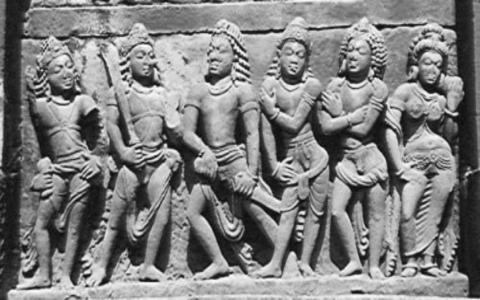
Dharma and Nīti (ethics) in the Mahābhārata
Dharma is that which sustains and supports the world; that which upholds; that which nourishes and protects from destruction. It is the root of peace and order in the world. We infer this mainly from the behavior and words of the epic characters as well as from the various stories and dialogues of the Śānti- and Anuśāsana-parvas.
Dharma is classified as sāmānya-dharma (fundamental values relevant to...
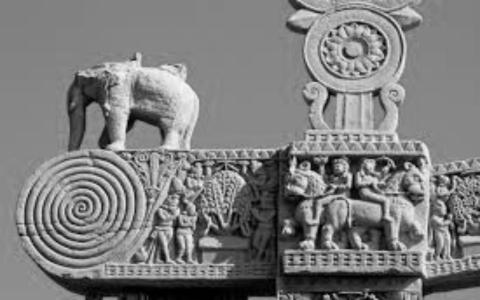
All the historians of the world have unanimously hailed Aśoka. That Aśoka was an ideal king has been widely circulated. In ancient times, no other king, in no other part of the world undertook the establishment of so many dharma-śāsanas (rock edicts pertaining to law and dharma) like Aśoka. About two thousand three hundred years back, no other king had an empire of such expanse, to this extent, or this sort of reign. Nobody has recorded their...
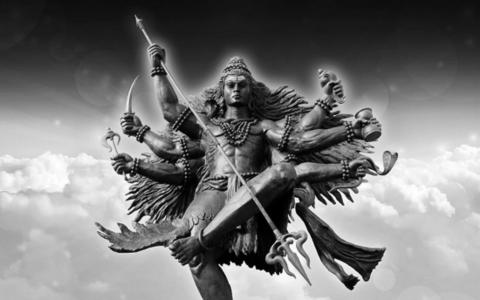
Shiva holds the Ḍamaru in one of his hands. This master of laya (dissolution) plays a laya-vadya (percussion instrument). It is said that from the beating of his ḍamaru, the fourteen Māheśvara-sūtras emerged, which form the basis of Sanskrit. There is also a charming legend in the Tamil country that when Shiva beat his drum, Sanskrit appeared from one side and Tamil from the other. The ḍamaru also represents a strange paradox of Shiva – on the...
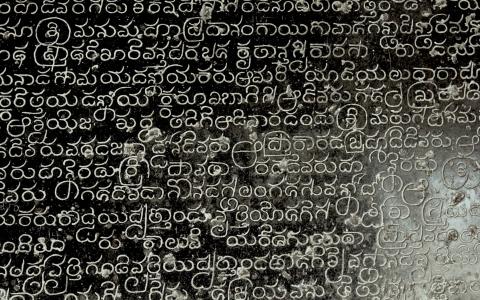
Critics of Indian—particularly Kannada—literature find monotony and boredom in the rhythm of classical poetic meters[1] of Kannada and Sanskrit. They accuse our poets of the yesteryear for neither having the capacity nor showing the intent to break away from this so-called boredom.
But in reality, many of our poets—however limited be their poetic imagination—have consistently maintained great variety in metrical rhythms. Their individual styles...
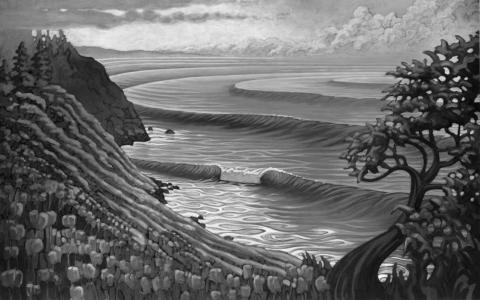
A paper titled “A Study of the Significance of Travel in Classical Sanskrit Epics with Parallels in Greco-Roman Epics” was presented by Arjun Bharadwaj at the international seminar on “Sanskrit and Cultural Studies: New Perspectives” organized by the Sree Shankaracharya University of Sanskrit, Kalady on 5th June 2017. The current article contains excerpts from the paper.
Travel in later epic poetry
Kālidāsa, in the thirteenth canto of his...
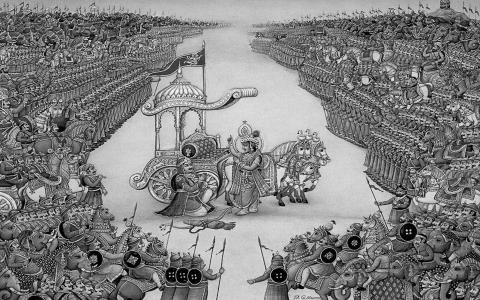
The Timeline of the Composition of Mahābhārata
For over a century, scholars from Germany, France, England, and India have extensively studied the Mahābhārata and concluded that it is not the work of a single author composed in a single lifetime. This doesn’t mean, however, that they concur in their views about the authorship and the timeline. It is unnecessary for our present purpose to discuss the divergence of their opinions and the details of...
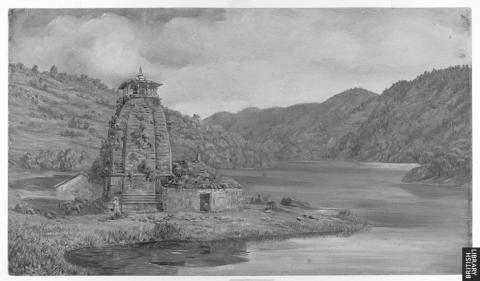
A paper titled “A Study of the Significance of Travel in Classical Sanskrit Epics with Parallels in Greco-Roman Epics” was presented by Arjun Bharadwaj at the international seminar on “Sanskrit and Cultural Studies: New Perspectives” organized by the Sree Shankaracharya University of Sanskrit, Kalady on 5th June 2017. The current article contains excerpts from the paper.
Introduction
From pre-historic times, travel to various places has been an...
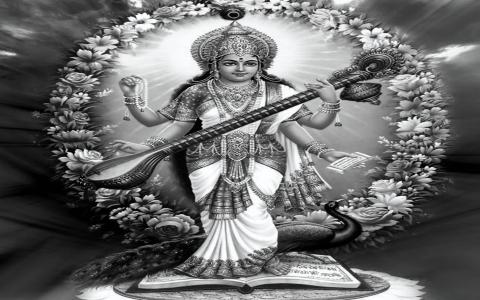
In recent years, antyākṣarī programs in various forms, have been entertaining people. The Vividhabhāratī channel of Ākāśavāṇī (All India Radio) perhaps set the precedent decades earlier by broadcasting antyākṣarī programmes based on movie songs. In my childhood days, many programs were organized, in close circles – both friends and family, in schools and colleges, where youngsters participated in antyākṣarī programs based on film songs. Their...
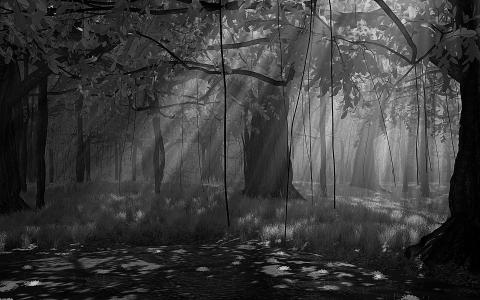
The following is a transcript of the author’s Presidential Address at ‘Samskriti Naimishey,’ a cultural symposium held at Bangalore on 18.08.2017.
I am glad that a new initiative Saṃskṛti Naimiṣeya has sprung up to rejuvenate the intellectual vibrancy and interplay of minds traditionally associated with the Naimiṣa forest located on the banks of the river Gomati. The loftiest personages of the nation used to gather there for scholastic pursuits...
